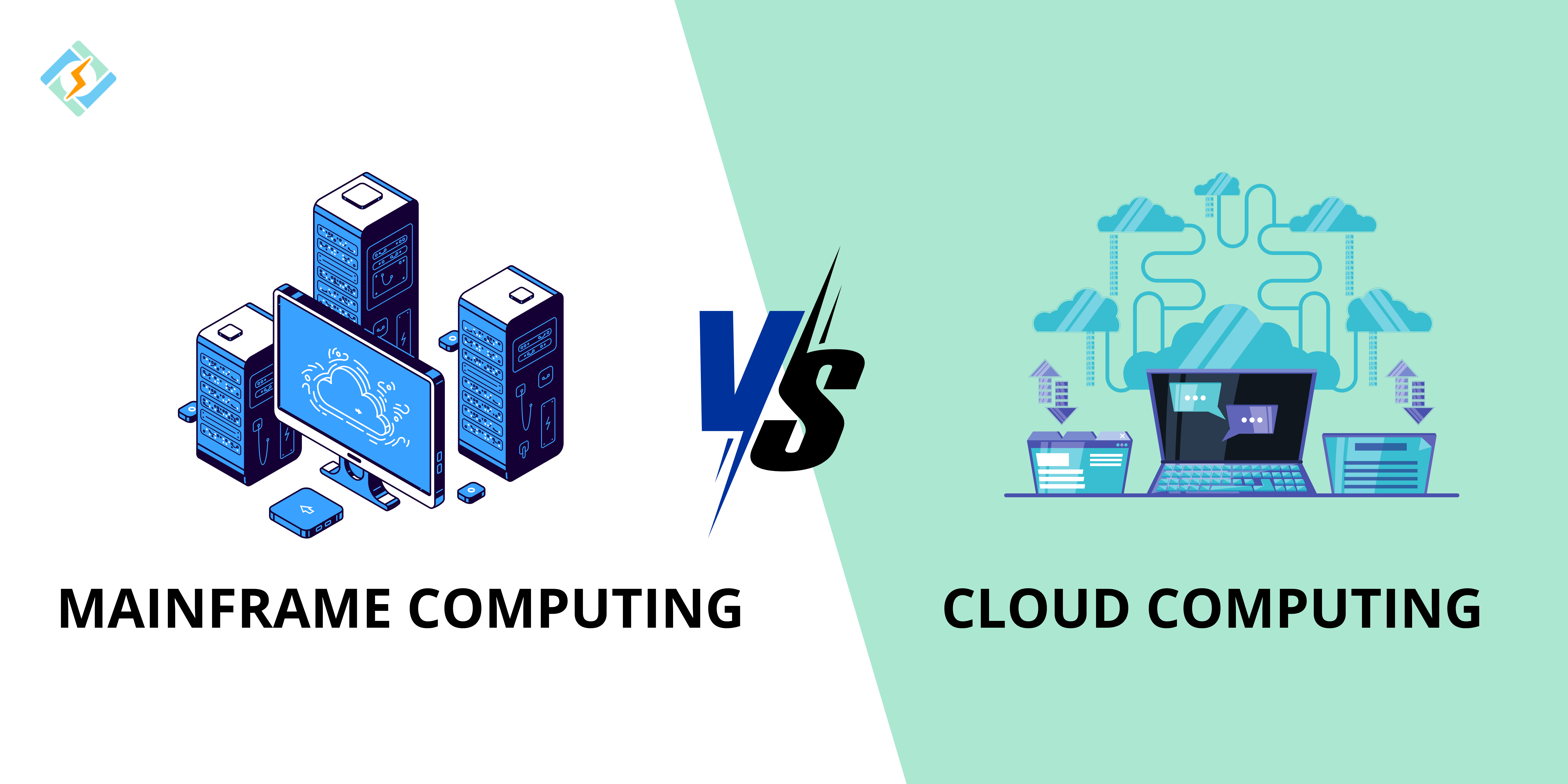In today’s rapidly evolving technological landscape, organizations often face a critical decision when choosing the backbone of their IT infrastructure: should they rely on traditional mainframe computing or adopt modern cloud computing solutions? While both approaches have their merits, the choice often depends on an organization’s specific needs, budget, and long-term goals. Let’s dive into a detailed comparison of mainframe computing vs cloud computing to help you make an informed decision.
What Is Mainframe Computing?
Mainframe computing refers to the use of powerful, large-scale computers designed to handle vast amounts of data processing and complex computational tasks. These systems have been the backbone of enterprise IT for decades, especially in industries like banking, healthcare, and government, where reliability, scalability, and performance are paramount.
Key Characteristics of Mainframe Computing:
- High Reliability: Mainframes are designed for minimal downtime, often achieving 99.999% uptime.
- Massive Processing Power: Capable of handling millions of transactions per second (e.g., for financial institutions).
- Centralized Control: All resources are centrally managed, ensuring strict security and operational consistency.
- Legacy Systems Compatibility: Many organizations still rely on COBOL and other legacy programming languages that are native to mainframes.
What Is Cloud Computing?
Cloud computing, on the other hand, offers a flexible, distributed model where computing resources (servers, storage, databases, etc.) are delivered over the internet. It has become the go-to solution for businesses seeking scalability, cost-efficiency, and accessibility.
Key Characteristics of Cloud Computing:
- Scalability: Resources can be dynamically scaled up or down based on demand.
- Cost-Efficiency: Pay-as-you-go pricing eliminates the need for large upfront investments in hardware.
- Accessibility: Enables remote access from anywhere with an internet connection.
- Ecosystem Integration: Seamlessly integrates with modern DevOps, AI, and machine learning workflows.
Mainframe Computing vs Cloud Computing: Head-to-Head Comparison
| Feature | Mainframe Computing | Cloud Computing |
|---|---|---|
| Performance | Superior for handling high-volume, transactional workloads. | Flexible and efficient for most general workloads but may struggle with extremely high I/O tasks. |
| Cost | High initial investment with ongoing maintenance costs. | Pay-as-you-go model reduces upfront costs. |
| Scalability | Limited by hardware; scaling requires significant upgrades. | Virtually unlimited, scaling happens on demand. |
| Security | Highly secure and centralized; best for sensitive data. | Secure but depends on the provider’s policies and your configuration. |
| Flexibility | Limited due to reliance on legacy systems. | Highly flexible, supports modern technologies and workflows. |
| Maintenance | Requires skilled, specialized staff for management. | Managed by cloud providers, reducing in-house IT needs. |
Use Cases for Mainframe Computing
Despite the growing adoption of cloud computing, mainframes remain relevant in specific industries and scenarios:
- Financial Services: Processing large volumes of transactions in real-time.
- Healthcare: Managing critical patient data with high security and uptime.
- Government: Running legacy systems and handling massive public datasets.
Use Cases for Cloud Computing
Cloud computing excels in scenarios requiring agility, scalability, and innovation:
- Startups: Launching new applications without the need for heavy infrastructure investments.
- E-commerce: Handling fluctuating traffic during seasonal spikes.
- Data Analytics: Performing complex computations and machine learning tasks.
The Future of Enterprise IT: Hybrid Solutions
Many organizations are now adopting hybrid approaches, combining the strengths of both mainframe and cloud computing. For instance, critical transactional workloads may continue running on mainframes, while cloud platforms handle customer-facing applications and big data analytics. This strategy leverages the reliability of mainframes and the agility of the cloud.
Get exclusive access to all things tech-savvy, and be the first to receive
the latest updates directly in your inbox.
Frequently Asked Questions
1. Can mainframes and cloud computing coexist?
Yes, many organizations adopt hybrid solutions where mainframes handle critical transactional workloads and cloud platforms manage less critical, scalable tasks such as customer-facing applications.
2. What industries benefit most from cloud computing?
Industries such as e-commerce, startups, and companies leveraging big data and machine learning benefit significantly from cloud computing.
3. Which is more cost-effective: mainframes or cloud computing?
Cloud computing is typically more cost-effective due to its pay-as-you-go pricing model, while mainframes require significant upfront investments and ongoing maintenance costs.
Conclusion
The choice between mainframe computing and cloud computing ultimately depends on your organization’s priorities. Mainframes offer unmatched reliability and power for transactional workloads, while cloud computing delivers unparalleled flexibility and cost efficiency. By evaluating your specific needs and exploring hybrid solutions, you can build an IT infrastructure that positions your business for long-term success.



